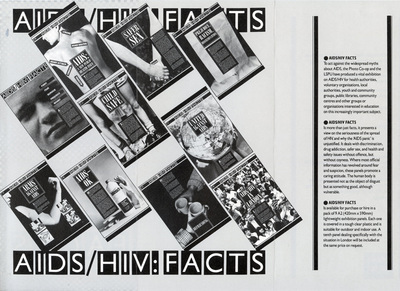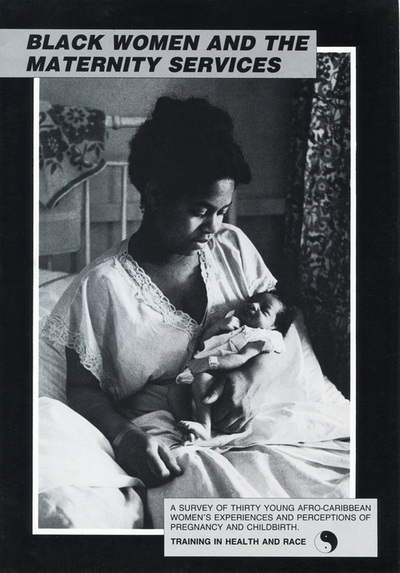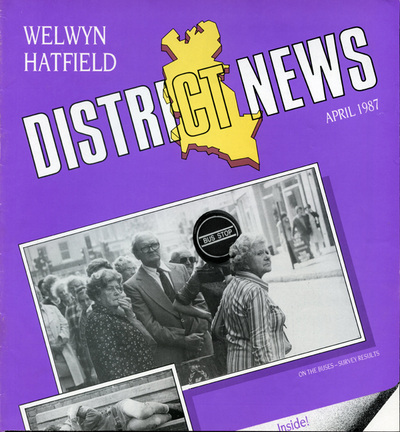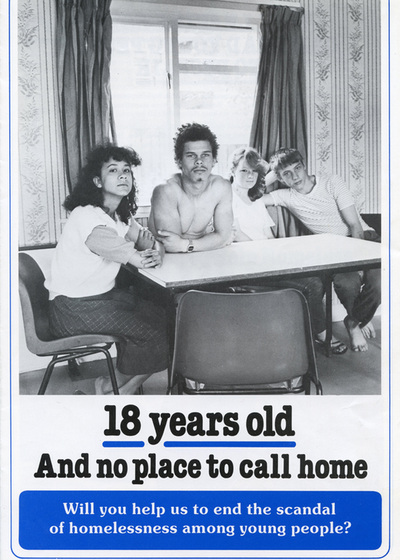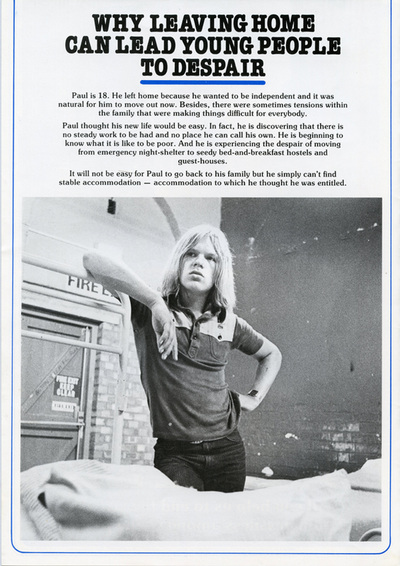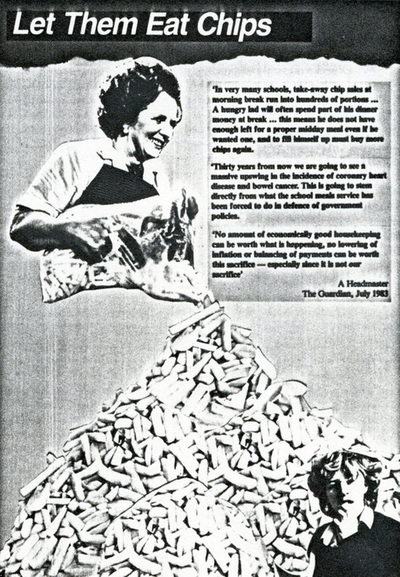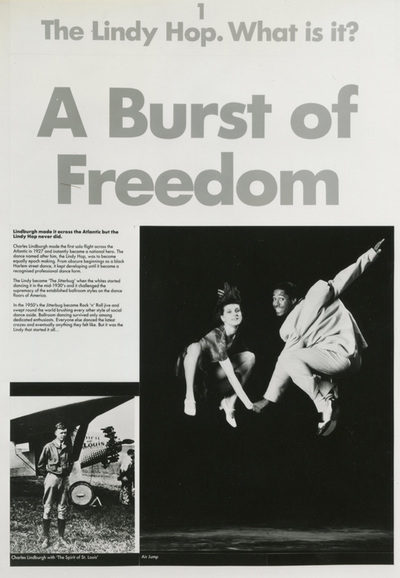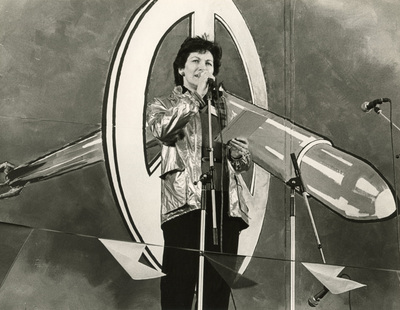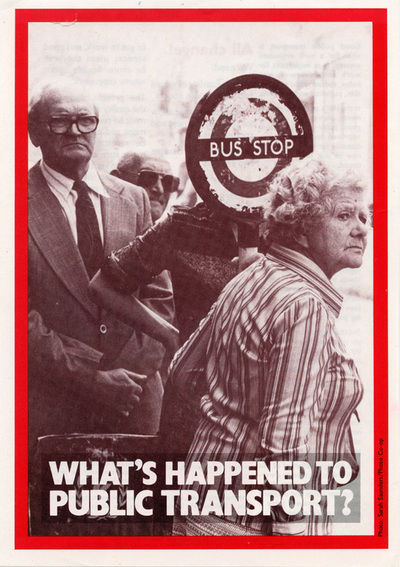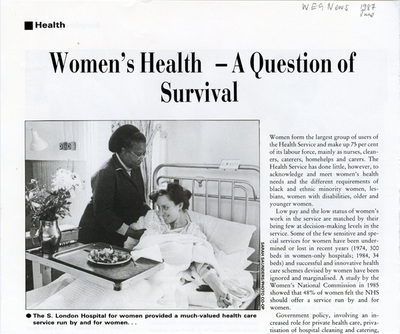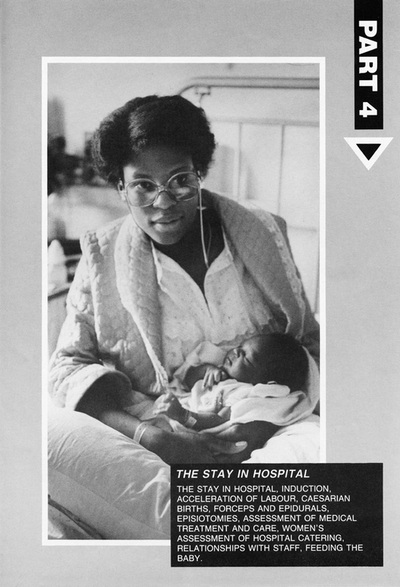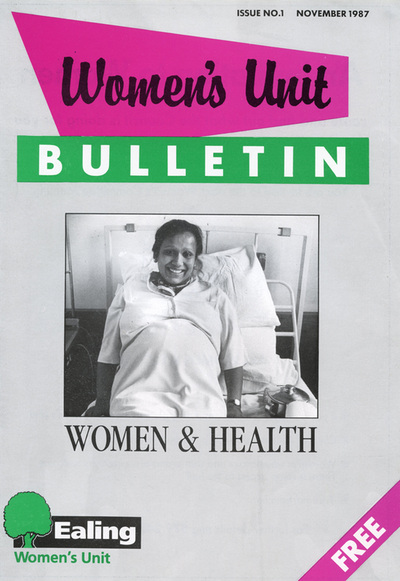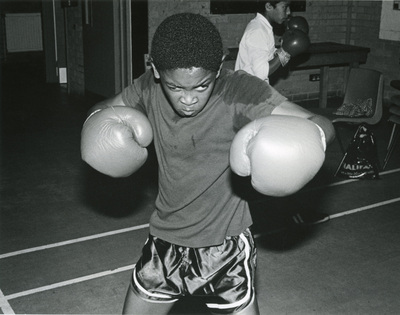|
Interview with Sarah Saunders
Founder & Photographer What were some of the most important projects you worked on? There were so many. One of the first major projects was taking photographs for the campaign ‘Save South London Women’s Hospital.’ We photographed women with their babies and exhibited images and text in hospitals and on picket lines to raise awareness of the issues. I got involved in the ‘Fares Fair’ Campaign in support of the GLC plans to freeze public transport costs. I documented the protests in Wansdworth which included women dressed as suffragettes chaining themselves to a bus. The bus driver told everyone to get off and drove the women and myself to the cells! I was released from jail within a couple of hours, developed the film and sent the images to the press that night. Myself, Gina Glover and Geof Rayner produced a bus calendar for Photo Co-Op to promote the trabsport issue, including images of the police trying to cut the “suffragettes” chains. Transport was a big issue for us. School dinners was an important issue for me. Thatcher removed the nutritional standards for school dinners. I was pregnant with my first son when I had to photograph a school dinner,which was a nasty little sellophane wrapped package. I nearly vomited at the smell. Gina and I created an image of Thatcher dropping chips into children’s mouths, calling it ‘Let them eat Chips’. John Heartfield – the German photomontage artist – was a big influence on me. ‘Know Your Own Midwife’ scheme was another important project, where Bridget photographed the build up and birth of my son Jack. Caroline Flint headed a team of midwives pioneering a new scheme.. I had a team of four midwifes and knew that one of these would be available for the birth. I was lucky to have the now legendary Caroline Flint deliver my son. Bridget photographed the whole thing from the scales to the swimming pools to the actual birth. This was exhibited in St Georges Hospital which hosted the scheme. And finally, I did a project with Julia on the ‘Jiving Lindy’. We hired a studio and took photographs in black and white and colour of the wonderful energetic dancing which was making a come back at the time. . What was special about the Photo Co-Op to you? The exciting thing about the Photo Co-Op was working with other photographers as being a photographer can be very isolating. We also gained an understanding of copyright, and the importance of labeling images which has heavily influenced what I do today. The training we shared was invaluable. It was just amazing to be working with people, sharing and working on social issues at such a difficult political time. How would you describe the Photo Co-Op? I would describe the Photo Co-op as a left wing movement and feminist movement, with the emphasis on engaging with the community. It was also about looking at what photography really is about. We weren’t up for photography becoming a high art piece. We were arguing for its reproducibility. and engaging with socially committed photography, not with art as an object of value. Photo Co-op was all about pictures and words. We always exhibited the work with narratives, in public spaces, on placards, on walls, for people to read. What did you do after leaving the Co-Op? The Photo Co-Op was the training ground for what I later became. I ran the Greenpeace and RSPB Picture Libraries. I then set up my own company called ‘Electric Lane’ that does consultancy for organisations working with images. I have personally returned to documentary photography, for example documenting the Tottenham Riots and currently creating images around the the Hampstead swimming Ponds and the importance of preserving these kinds of environments. I like to combine stills and audio in some of my work. |
'We weren’t up for photography becoming a high art piece, we were arguing for its reproducibility. We were engaging with socially committed photography, not art as an object.'
Sarah Saunders, Photographer |


